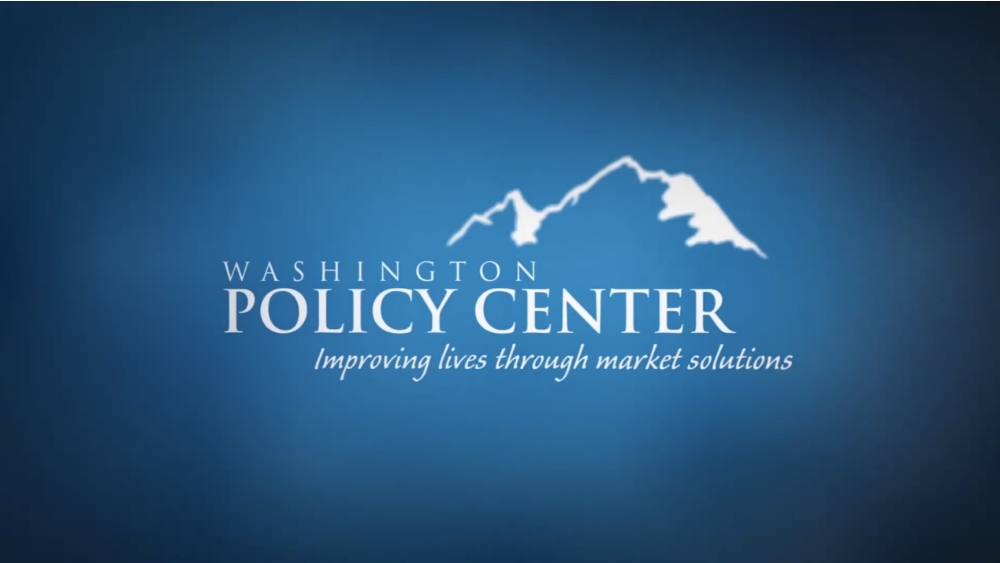Related Articles
Last month Superintendent of Public Instruction Randy Dorn announced that Washington state has formally adopted the national Common Core curriculum standards. These curriculum standards were developed by a national committee and describe what students in every state should learn in math and English, and soon in science. Washington state was required to adopt these standards as a condition of participating in the U.S Department of Education’s Race to the Top competition, where it placed 32 out of 36 competing states.
The Office of Superintendent of Public Instruction reported in January 2011 that the cost of informing teachers, principals and districts about the Common Core will be $182.6 million, $165.5 million which local school districts will have to pay. This report reveals that buying new textbooks for Washington’s students will cost an additional $122 million. These costs do not include the cost of updating the state’s testing system, so the total cost to implement the Common Core in Washington will exceed the sum of $300 million.
Alarms are being raised here and across the country about the wisdom of adopting the Common Core.
Wheresthemath, a Washington-state based group of math educators, explains here that Washington’s current math standards are of better quality than the Common Core math standards. Wheresthemath also observes that proponents of the failed “Discovery math” curriculum are aligning their content to the Common Core standards, so math instruction will not necessarily improve with the adoption of these standards.
Andrew Porter, Dean of the University of Pennsylvania Graduate School of Education reports here that there is nothing to cheer about in the standards:
"Our research shows that the common-core standards do not represent a meaningful improvement over existing state standards. To be sure, when we consider state standards in the aggregate, the common-core standards present a somewhat greater emphasis on higher-order thinking. But the keyword here is somewhat; the difference is small, and some state standards exceed the common core in this respect. And, in terms of mathematics and English language arts curricula focus, the results are just as disappointing: The common core has a greater focus than certain state standards, and a lesser focus than others.
What all this means is that the common-core standards don’t seem to build on what we’ve learned through decades of research and experience. The common core is not a new gold standard—it’s firmly in the middle of the pack of current curricula."
Ze’ev Wurman, Silicon Valley expert in the fields of engineering, math and science, participant in the development of California’s math standards in the 1990’s and member of California commission reviewing the Common Core, says this here about the framework for the new science standards:
“This framework does not expect our students to be able to do any science, or to be able to solve any science problem. This framework simply teaches our students science appreciation, rather than science. It expects our students to become good consumers of science and technology, rather than prepare them to be the discoverers of science and creators of technology.”
Education Week reports that the group Computing in the Core has this to say:
“No other subject will open as many doors in the 21st century as computer science, so it is disappointing that neither the science framework nor the mathematics core standards make room for computer science in the K-12 curriculum,” says Della Cronin, a representative for Computing in the Core.
This is what happens when the lure of federal dollars drives state education policy: Washington ends up with second-rate Common Core standards in math, science and computer science and a bill for well over $300 million.
Perhaps our lawmakers will refuse to fund the Common Core roll-out. Let’s hope so. If education is the paramount duty of the state, it is their paramount duty to prevent the imposition of national standards on Washington's schools.



